What are Embroidery Shirts?
Shirt Embroidery has always been a popular option for individuals or corporations to customize their shirt designs with custom embroidery. Custom embroidery differs from other printing services as it still involves detailed needlework and employs the use of threads to create livelier 3D effects with the use of threads.
Source: iStock
Embroidery shirt is the handicraft of decorating fabric or other materials with designs or patterns made from needlework and thread.
Most embroidery is stitched with a computerized embroidery machine using patterns and designs that were digitized with computer software.
Machine embroidery is used to add special customized designs and monograms to apparel materials such as shirts, jackets, corporate gifts, and much more.
How does Embroidery work?
Shirt Embroidery has always been a popular option for individuals or corporations to customize their shirt designs with custom embroidery. Custom embroidery differs from other printing services as it still involves detailed needlework and employs the use of threads to create livelier 3D effects with the use of threads.
Source: iColourpallet
The embroidery process begins with design inspection. During this inspection process, we will pay special attention to the number of colors used, the level of details, the size and styling of the text, and the color variation. If the design meets the criteria, we will then digitize it and transfer it to the embroidery machine to create a test embroidery that we can show to the client.
Embroidery Requirements
If you have your own design for embroidery, a suitable file format is required to transfer the files into a readable production design. In order to achieve the best outcome, files are typically accepted in the following formats: PDF, JPG, or .AI.
Where are the Best Embroidery Services?
If you’re looking for the best embroidery services in Singapore, then you’re at the right place!
We specialize in Embroidery services in Singapore. We provide custom embroideries for multiple different types of apparel, ranging from shirts, caps, bags, and much more.
Learn more about our services here.
Why you should choose Custom Embroidery
Below are a list of reasons why you should embroidered custom design or corporate logos to your apparel.
1. Increase Professionalism
Having a good reputation in the world of business is important and it takes a lot of time and effort to achieve. It helps businesses to build good relationships with the target market and attract more investors.
But do you know that customer embroidered apparel can help build trustworthiness for business?
Dressing up your team in embroidered uniform will improve professionalism on the radar of potential markets. It creates a sense of unity in the workspace and makes it easier to distinguish each staff member from the company.
2. Promotes Your Brand
All companies have their own techniques on how to increase awareness of their brands. But it can be free with the use of embroidered products. The purpose of these embroidered products is not for sale but for promotional purposes only. Such exclusive products can help businesses to appear on a wider market’s radar and limit the cash outflow. These embroidered products can be worn by staff members as company uniforms or given out to others as free gifts. These methods serve as an opportunity to build your brand.
3. Highly Durability and Hardwearing
Custom embroidered products are highly durable and can last for years with proper care. A quality embroidered product is designed to stand heavy laundering without the worry of the color fading. Staff members can wear their embroidered uniform for a long time thus reducing the company’s expenses on creating new ones.
Print vs Embroidery, What’s the difference?
Source: Reddit
One of the most commonly asked questions is, what’s the difference between embroidery and printing?
Embroidery refers to a pattern or design stitched onto a fabric material and printing is when a pattern or design is printed directly onto the fabric material.
The Uses of Printing
Printing is ideal for promotional events. It’s a great way to help people to identify your business or corporation. Customized printing apparel acts as a walking advertisement. The objective of the printed clothing is to get heads turning and focused on the design listed on clothing. Printing also allows for more complex designs when compared to embroidery.
The Uses of Embroidery
The use of embroidery is for logos or smaller and less complicated designs. Many businesses choose embroidery for their uniform because it looks professional and gives the clothing a more solid feel. Embroidery is also designed to be long-lasting and will not fade after wash.
Care Instructions for Embroidered Shirts
Source: Fashion Gone Rogue
Washing and Drying Guidelines
1. Follow the garment care instructions
Always refer to the care label attached to the shirt for specific washing instructions. Different fabrics and embroidery materials may have specific requirements.
2. Handwashing or gentle cycle
If machine-washing is permitted, use a gentle cycle or handwash setting to protect the embroidered areas.
3. Use mild detergent
Opt for a mild, non-abrasive detergent that is suitable for delicate fabrics.
4. Wash inside out
Turn the shirt inside out before washing it to protect the embroidered design.
5. Avoid hot water and bleach
Use cool or lukewarm water and avoid bleach or harsh chemicals that can damage the embroidery or fabric.
6. Gentle agitation
Avoid vigorous rubbing or scrubbing when washing to prevent loosening or fraying of the embroidery threads.
7. Rinse thoroughly
Ensure all detergent is thoroughly rinsed out to avoid residue buildup.
Storage and Maintenance Tips
1. Clean before storing
Ensure the shirt is clean and completely dry before storing it to prevent mold or mildew growth.
2. Avoid hanging
Avoid hanging embroidered shirts, especially heavier ones, as they can cause stretching or distortion of the fabric and embroidery. Fold them instead.
3. Use acid-free tissue paper
Place acid-free tissue paper between folds to prevent creases and maintain the shape of the shirt.
4. Store in a cool, dry place
Choose a storage area away from direct sunlight, excessive humidity, and heat to preserve the quality of the embroidery.
5. Avoid contact with sharp objects
Keep embroidered shirts away from sharp objects that can snag or tear the embroidery.
Handling Embellished Areas
1. Handle with care
When wearing or handling embroidered shirts, be mindful of the embroidered areas to avoid pulling or snagging the threads.
2. Iron carefully
If ironing is necessary, turn the shirt inside out and use a low heat setting. Place a thin cloth or ironing pad between the iron and the embroidered design to prevent direct heat contact.
3. Spot cleaning
For small stains or dirt on the embroidered areas, spot clean using a mild detergent and a soft cloth. Avoid rubbing forcefully to prevent damaging the embroidery.
4. Professional cleaning
If the embroidered shirt requires professional cleaning, choose a reputable cleaner experienced in handling embroidered garments.
Is it Cheaper to Embroider or Print?
Source: Pinterest & Printful
The cost of embroidery versus printing can vary depending on various factors, including the size and complexity of the design, the number of garments, and the service provider. Generally, printing tends to be more cost-effective for larger quantities, while embroidery may be more cost effective for smaller quantities or when a more premium look is desired. Here are some factors to consider when comparing the cost of embroidery and printing:
1. Design Complexity
Embroidery is often better suited for intricate and detailed designs, while printing is more suitable for designs with gradients, fine lines, or photographic elements. If your design is complex and requires multiple colors and intricate stitching, embroidery costs may be higher compared to a simple printed design.
2. Quantity
Printing methods such as screen printing or direct-to-garment printing can be more cost effective for larger quantities of shirts, as the setup costs can be spread across a larger number of units. Embroidery often involves a setup fee and a per-stitch charge, which can make it more economical for smaller batch orders.
3. Type of Garment
The type of garment being decorated can impact the cost. Embroidery works well on thicker fabrics like polo shirts, jackets, or caps, while printing is versatile and can be applied to a wide range of materials, including cotton, polyester, or blends.
4. Longevity
Embroidery is known for its durability and longevity. The threads used in embroidery are less prone to fading or cracking over time compared to printed designs, which may fade or peel after multiple washes. If you’re looking for long-lasting designs, embroidery might be a more cost-effective choice in the long run.
5. Customization
Embroidery allows for greater customization options, such as individual names or monograms, which may incur additional costs. Printing, on the other hand, may offer more cost-effective options for adding large logos or designs across the entire garment.
Benefits of Embroidery Shirts Service
Source: 91 Phila
1. Customization
Embroidery shirt service allows for unique and personalized designs, enabling customers to express their individuality and brand identity.
2. Professional Appearance
Embroidery adds a touch of elegance and sophistication to shirts, enhancing their overall look and making them suitable for various occasions.
3. Durability
Embroidery stitches are long-lasting and withstand regular wear and washing, ensuring that the design remains vibrant and intact for an extended period.
4. Brand Promotion
Embroidery shirts with logos or brand names serve as effective marketing tools, helping businesses promote their brand and create a cohesive professional image.
5. Sense of Unity
Embroidery shirts can be used to create a sense of unity and team spirit, making them ideal for sports teams, organizations, or events.
6. Gift and Souvenir Options
Embroidery shirts make excellent gifts or souvenirs, as they can be personalized with names, dates, or special messages, creating a meaningful and memorable keepsake.
What are the Disadvantages of Embroidery Shirts?
Source: Printy House
While embroidery shirts have numerous benefits, there are also a few disadvantages to consider:
1. Cost
Embroidery can be more expensive compared to other garment decoration methods, such as printing. The cost of embroidery is influenced by factors like the design complexity, stitch count, and the number of garments being embroidered. It can be cost-prohibitive for large quantities or designs with intricate details.
2. Limitations in Design Reproduction
Embroidery is limited in its ability to replicate intricate details, gradients, or photographic elements. The stitching process makes it challenging to capture fine lines and subtle color transitions. Printing methods may offer more flexibility in reproducing intricate or complex designs accurately.
3. Time-Consuming Process
Embroidery is a time-consuming process, especially for intricate or large designs. Each garment needs to be individually hooped and embroidered, which can increase production time compared to printing methods, where multiple garments can be printed simultaneously.
4. Potential for Puckering or Distortion
Embroidery requires stabilizers and tension to hold the fabric taut during stitching. In some cases, this can result in slight puckering or distortion of the fabric around the embroidered area. This issue is more prevalent with lightweight or delicate fabrics.
5. Limited Fabric Compatibility
Not all fabrics are suitable for embroidery. Fabrics that are too thick, stretchy, or have delicate weaves may pose challenges for embroidery, leading to inconsistent or unsatisfactory results. In such cases, alternative decoration methods may be more suitable.
6. Weight and Texture
Embroidery adds weight and texture to the fabric, which can impact the overall feel and drape of the garment. In some cases, heavy or densely embroidered designs may feel stiff or less comfortable to wear.
7. Limited Color Blending
Embroidery is typically done using solid-colored threads. Achieving color blending or gradients can be challenging with embroidery. Although some techniques allow for limited color blending, they may not be as seamless as printing methods.
Frequently Asked Questions About Embroidery
1. What are the types of Embroidery?
There are 5 types of embroidery,
Gradient effect, 3D embroidery, Tone on Tone, Stitching effect, & Badges embroidery.
2. How big can you stitch a design on a Jacket/Work Shirt?
Depending on the logo, it can go up to as big as A4 size or A3.
3. How much does embroidery cost?
Price varies depending on quantity and logo size/complexity. It can range from as low as $3 to $100.
4. Is there a different quality grade of embroidery? What is the difference?
In terms of quality, we may be talking about the thread. Our thread use are all from germany and they are bleach resistance as most of the embroidery company uses normal thread due to cost saving and the quality tend to be lower as well.
5. Is there a limit on thread colors per item?
Per logo can go up to 9 different colours on a single logo.
Our Embroidery Shirt Portfolio
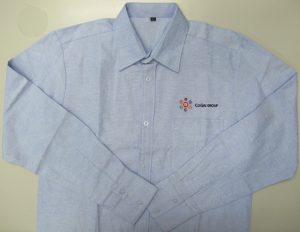
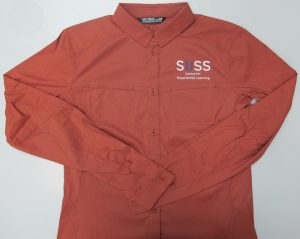

EMB3 Pte Ltd – Best T-Shirt Embroidery Services in Singapore
Why Choose Us?
We are a 41 years old company in Singapore that specializes in embroidery onto soft goods. We have a team of skillful specialists that have more than 20 years of experience working in EMB3 Pte Ltd. We can answer any form of question or doubt that you might have in mind promptly.
For any inquiries or questions about 3D Embroidery, please don’t hesitate to contact us. Our team is ready to assist you and provide the information you need.

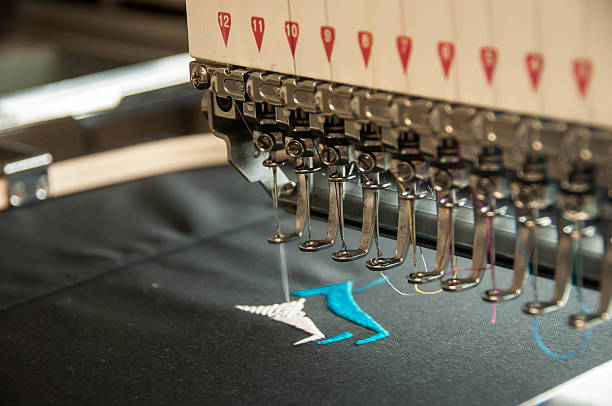



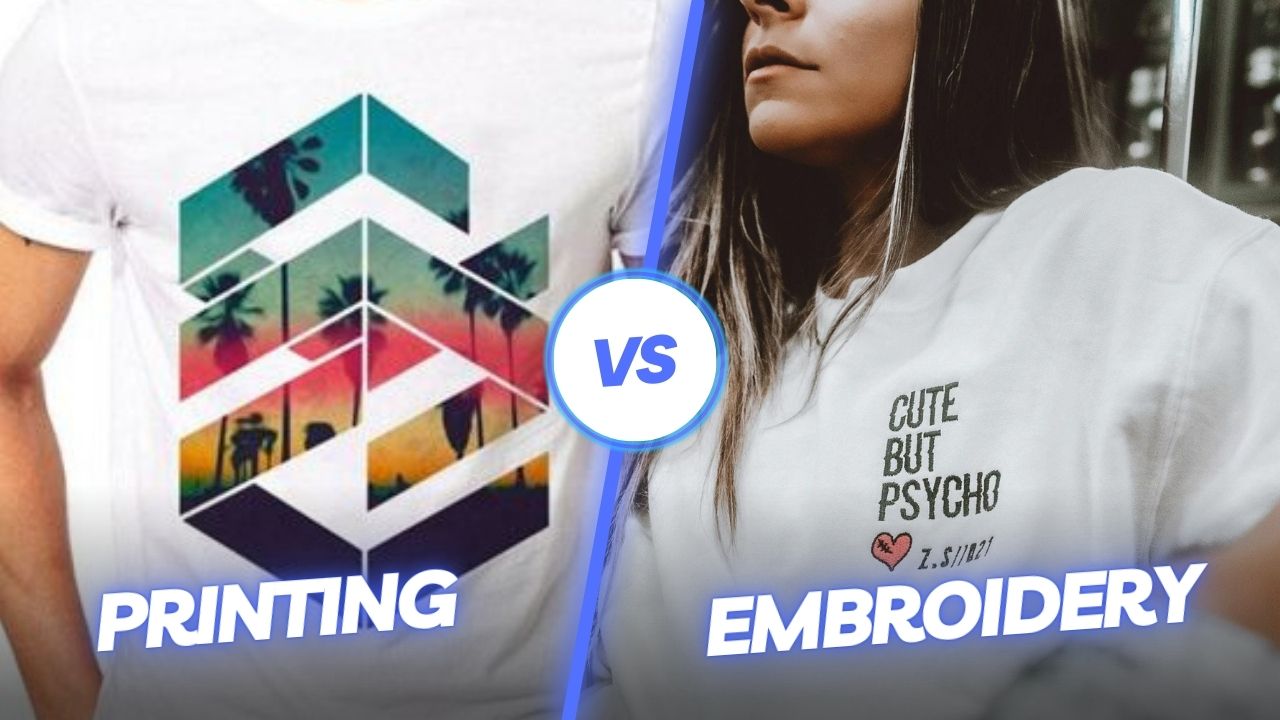
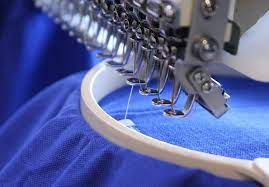

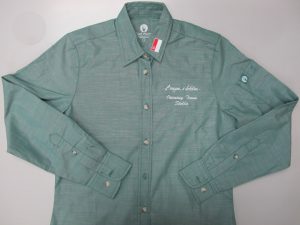

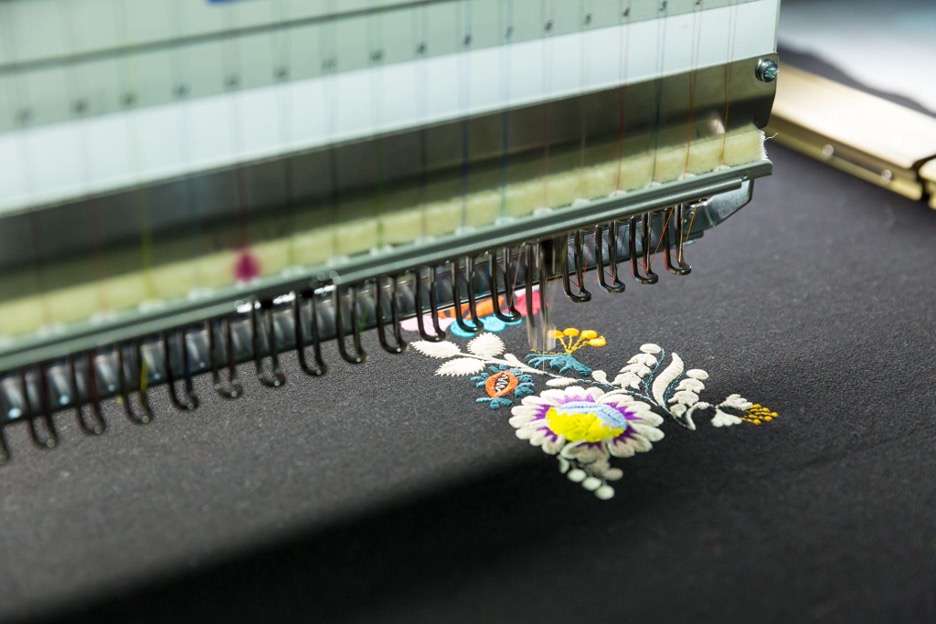

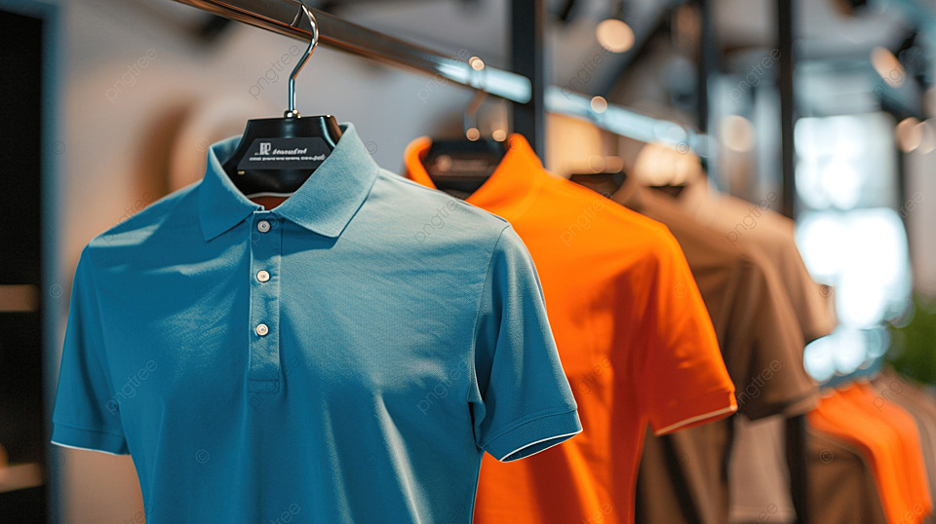

Hi, Im looking for corporate business shirt with embroidery or just embroidery service.
Please quote for 16 to 30 pcs